According to Poland's Central Statistical Office, the country's gross domestic product rose sharply by 6.1 per cent in the first quarter of this year, exceeding expectations. Consumer demand also increased in the same period by 5.6 per cent, suggesting that the mood amongst Polish consumers remains buoyant in spite of warnings of an economic slowdown. Economic experts are expecting growth of around 5 per cent for the year as a whole. As far as purchasing power is concerned, however, the national trend continues to be influenced by stark contrasts. In the east, especially in the areas bordering the Ukraine and Belarus, spending power is considerably weaker than in the west of the country, where living standards are gradually approaching those of Poland's neighbours Germany and Austria. High population figures With 20.9 mio pets, Poland occupies a strong position in the pet product market. Nearly one in three households has a dog or cat - a higher ratio than in countries like Germany or Italy. The potential is there, but the market is currently covered primarily by low-priced food. Many people, especially in rural areas, still feed their pets on scraps from the table. As the standard of living rises, this might change, particularly in the cities. There's still some catching up to do in the accessories segment, which is only in its infancy. Apart from basic articles such as leads and collars, this segment is still neglected in the retail trade. Even in Poland, there is a slowly growing awareness of the needs of pets, but there's still a long way to go before the market approximates to western European standards. Sales of premium products are still comparatively low, but are growing each year. Supermarkets constitute the main distribution channel for dog and cat food in Poland. The main grocery chains dictating the pace are Tesco, Rewe, Cora and Auchan, with large stores located chiefly in the conurbations. The speciality pet product trade is still characterised by small shops with retail areas of up to 100 m², although some pet supplies chains have become established in recent years. These have outlets in Poland's major cities such as Warsaw, Wroclaw and Lodz and are now aiming for nationwide expansion. The leading speciality chains in Poland currently include Zoo Natura, Anna Zoo and Kakadu. At present competition in the pet product trade is limited, and everybody is benefiting from the…

Pet sector benefits from upturn in the economy
According to Poland's Central Statistical Office, the country's gross domestic product rose sharply by 6.1 per cent in the first quarter of this year, exceeding expectations. Consumer demand also increased in the same period by 5.6 per cent, suggesting that the mood amongst Polish consumers remains buoyant in spite of warnings of an economic slowdown. Economic experts are expecting growth of around 5 per cent for the year as a whole. As far as purchasing power is concerned, however, the national trend continues to be influenced by stark contrasts. In the east, especially in the areas bordering the Ukraine and Belarus, spending power is considerably weaker than in the west of the country, where living standards are gradually approaching those of Poland's neighbours Germany and Austria. High population figures With 20.9 mio pets, Poland occupies a strong position in the pet product market. Nearly one in three households has a dog or cat - a higher ratio than in countries like Germany or Italy. The potential is there, but the market is currently covered primarily by low-priced food. Many people, especially in rural areas, still feed their pets on scraps from the table. As the standard of living rises, this might change, particularly in the cities. There's still some catching up to do in the accessories segment, which is only in its infancy. Apart from basic articles such as leads and collars, this segment is still neglected in the retail trade. Even in Poland, there is a slowly growing awareness of the needs of pets, but there's still a long way to go before the market approximates to western European standards. Sales of premium products are still comparatively low, but are growing each year. Supermarkets constitute the main distribution channel for dog and cat food in Poland. The main grocery chains dictating the pace are Tesco, Rewe, Cora and Auchan, with large stores located chiefly in the conurbations. The speciality pet product trade is still characterised by small shops with retail areas of up to 100 m², although some pet supplies chains have become established in recent years. These have outlets in Poland's major cities such as Warsaw, Wroclaw and Lodz and are now aiming for nationwide expansion. The leading speciality chains in Poland currently include Zoo Natura, Anna Zoo and Kakadu. At present competition in the pet product trade is limited, and everybody is benefiting from the…

 Menü
Menü

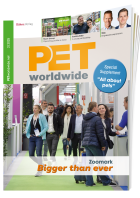




 11-12/2008
11-12/2008
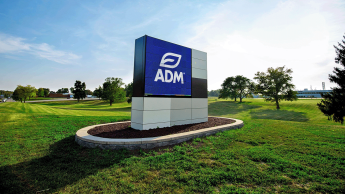



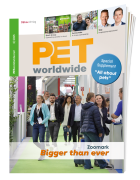
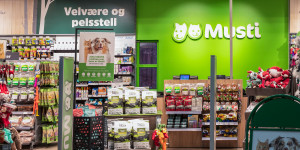



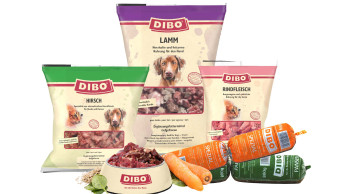

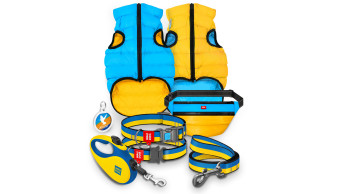
 Newsletter
Newsletter